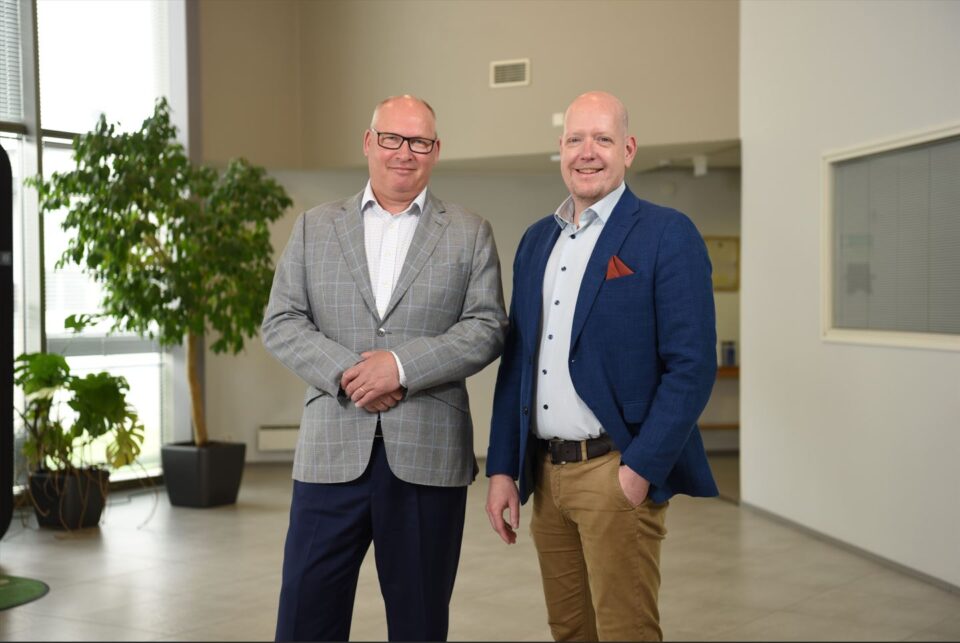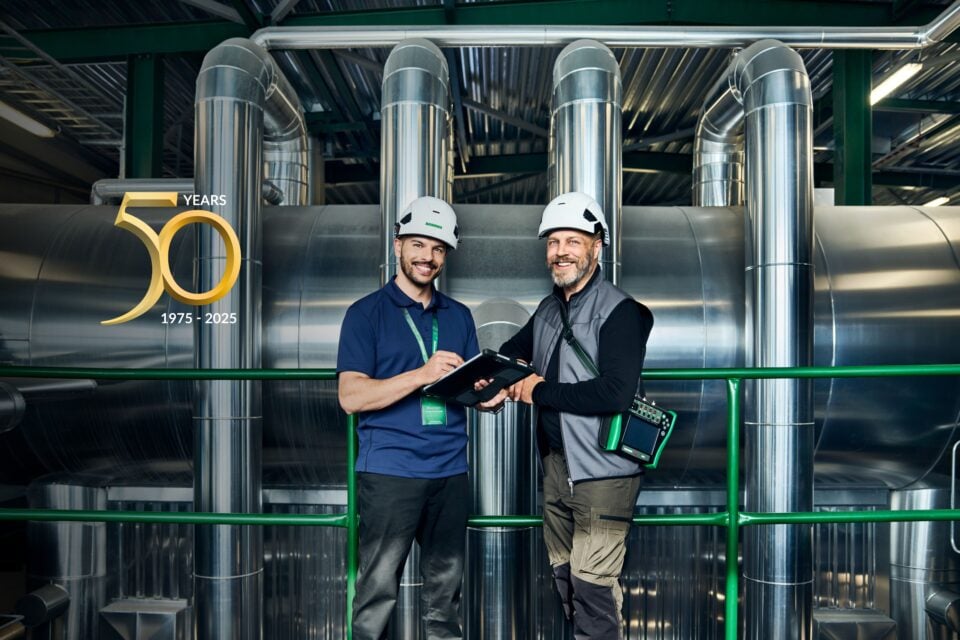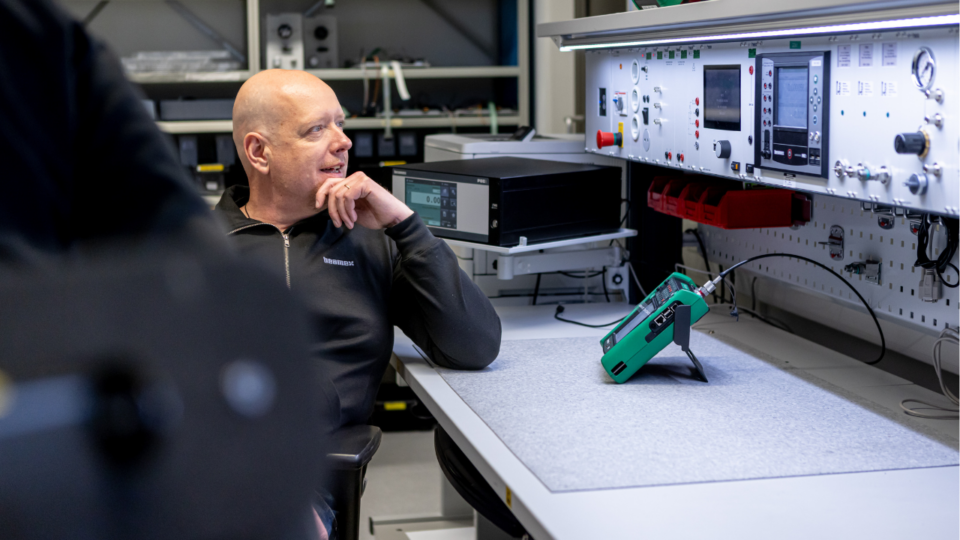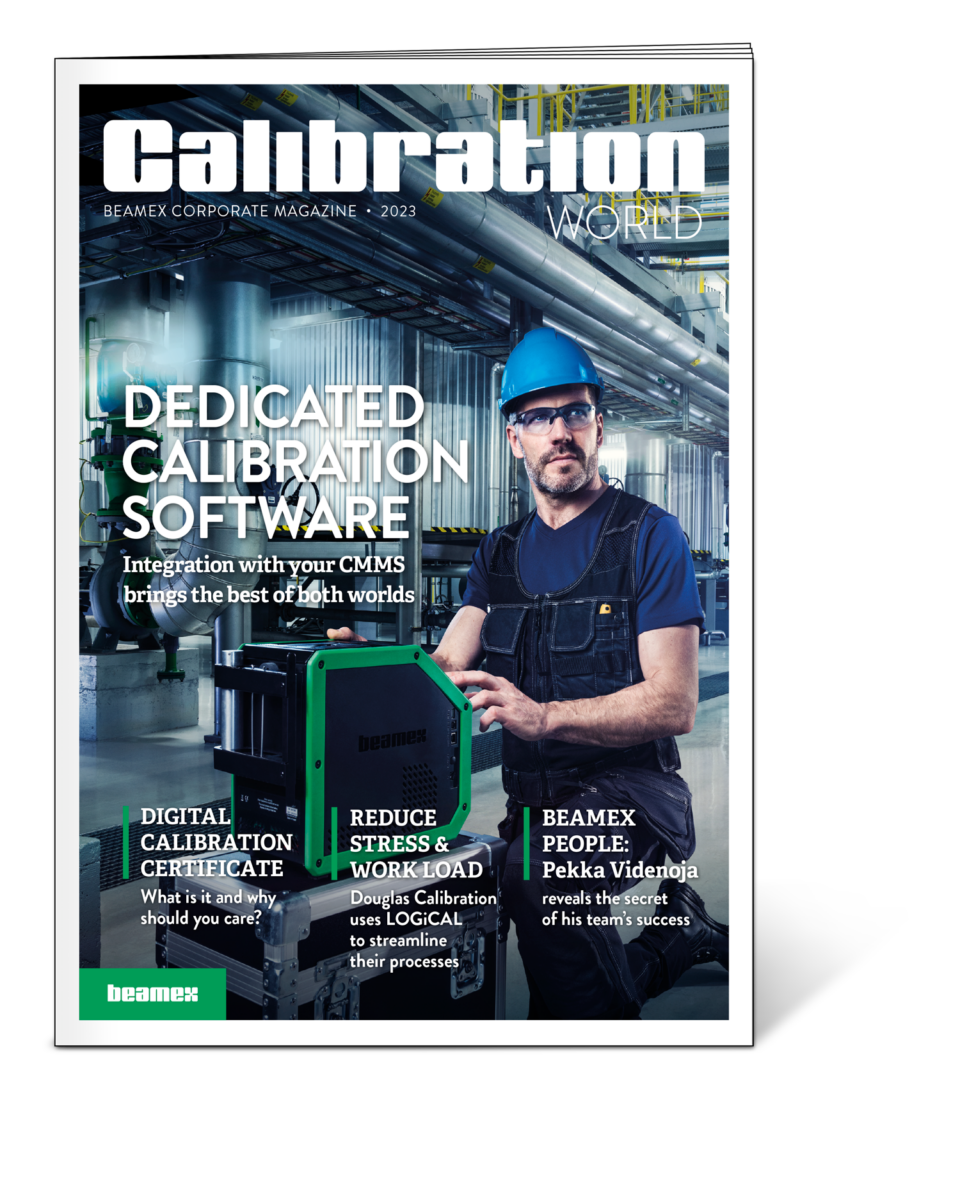
Process industries are hesitant to adopt cloud solutions: That’s a mistake
Jan-Henrik Svensson, CEO, Beamex
Cloud technology is gaining momentum across industries, yet many in the process sector hesitate. In my conversations with customers and frontline operators, I frequently hear the same concerns: security risks, operational disruptions, and a deep-rooted preference for in-house solutions. These reservations stem from decades of established practices, stringent regulations, and the complexities of IT/OT convergence.
Why resistance persists
The fear of the unknown deters many companies. Process industry professionals have long relied on on-premise infrastructure, where they maintain complete control over their systems. Shifting critical operations to the cloud raises questions about security, reliability, and regulatory compliance.
Reliability remains non-negotiable. In process industries, even minor disruptions cause safety hazards, production losses, and financial setbacks. While cloud-based solutions offer scalability and remote accessibility, stakeholders worry about connectivity issues and cyber threats.
Data security remains a top concern. Process industries, like healthcare, handle vast amounts of sensitive data. Regulations such as GDPR and SOC 2 impose strict requirements, and any unauthorized access could have severe repercussions. These industries must ensure that cloud providers meet their security and compliance standards before making the shift.
Regulatory frameworks further complicate adoption. Many industry regulations emerged before cloud computing existed, creating compliance uncertainties. Updating these frameworks takes time, leaving some companies reluctant to proceed until clearer guidelines emerge.
Then there’s the challenge of legacy infrastructure. Many plants, particularly in Europe, have operated for decades, designed without cloud integration in mind. Retrofitting these systems is complex and costly, making it essential to explore solutions that minimize disruption. Furthermore, IT/OT convergence challenges arise when integrating cloud-based IT systems with operational technology. Without careful planning, companies risk compatibility issues and operational inefficiencies.
A hybrid approach
Finally, the financial model presents a sticking point. Process industries invest heavily in upfront capital expenditures, followed by predictable maintenance costs. Cloud solutions, with their ongoing subscription fees, introduce a different financial structure. Companies need a clear return on investment before committing to such a shift.
To overcome these challenges, many organizations adopt a hybrid cloud strategy. This approach allows companies to retain control over critical operations while leveraging cloud capabilities where they provide the most value.
By keeping mission-critical functions on-premise and shifting non-essential processes to the cloud, businesses reduce risks while benefiting from increased efficiency, real-time data access, and cost optimization. Successfully implementing a hybrid cloud model requires careful planning and structured adoption strategies.
Certain systems, like word processors, are best left to external providers because they are not unique to the industry. However, for specialized OT environments, a hybrid model allows companies to maintain control over essential operations while modernizing at their own pace. The convergence of IT and OT plays a crucial role in this shift. Ensuring cloud technologies integrate seamlessly with industrial control systems is key to success.
Strategies for successful cloud adoption
A well-structured cloud adoption strategy is essential for organizations navigating this transition. Success depends on three key areas. First, implementing strong cybersecurity measures is vital to mitigate risk and meet regulatory requirements. Second, organizations must adopt a risk-based hybrid model, tailoring cloud strategies to operational needs while balancing on-premise and cloud solutions for maximum efficiency without compromising reliability. Third, integrating legacy systems in a way that minimizes disruption and enhances long-term competitiveness is crucial, particularly when addressing IT/OT convergence architecture challenges.
Companies like Shell and BASF have embraced cloud solutions to optimize production, reduce downtime, and improve security. Their experiences highlight how a structured approach can help industries navigate cloud adoption without compromising reliability. Their success demonstrates that, with careful planning, cloud adoption is both feasible and beneficial.
Beyond internal business strategies, companies must also consider external factors such as regulatory landscapes, which influence how quickly organizations can move toward cloud adoption. Europe takes a cautious approach, prioritizing data privacy and stringent regulations, which slows adoption but ensures compliance and security. The U.S. moves faster, with regulations often favoring business agility, and major cloud providers like AWS and Microsoft drive rapid adoption. China follows a unique model, where government policies heavily influence cloud adoption, keeping the focus on domestic providers and strict data governance.
Future of cloud adoption
At Beamex, we understand the challenges of technological transformation because we’ve been helping process industries navigate them for 50 years. This year, we celebrate our 50th anniversary—a milestone that reflects our commitment to innovation, accuracy, and efficiency in calibration technology. Over the decades, we have seen firsthand how industries carefully evaluate new technologies before adoption. The shift to cloud-based solutions is no different.
The question isn’t whether cloud adoption will happen, but how and when. While full migration to the cloud may not be imminent, hybrid and multi-cloud strategies gain traction. These models offer security, flexibility, and cost-efficiency, allowing companies to maintain control while leveraging cloud capabilities where they add the most value.
One of the most significant drivers of cloud adoption will be workforce transformation. As experienced professionals retire, the next generation—digital natives with a deep understanding of IT/OT convergence—will push for faster, smarter adoption. In manufacturing, IT/OT convergence already enables real-time data sharing and predictive maintenance, driving efficiency and innovation.
Ultimately, successful cloud adoption in process industries requires balancing tradition with innovation. By addressing security concerns, regulatory requirements, and IT/OT convergence challenges, companies can embrace cloud adoption strategically and gain long-term competitive advantages. Companies that take a strategic, risk-based approach will position themselves for long-term success. By carefully evaluating their cloud strategy and adopting the right mix of on-premise and cloud-based solutions, businesses can navigate this evolving landscape with confidence, leveraging IT/OT convergence trends to their advantage.
You might also find interesting

For a safer and less uncertain world
Welcome to our series of topical articles where we discuss the impact that accurate measurement and calibration has on the world and our everyday lives.























